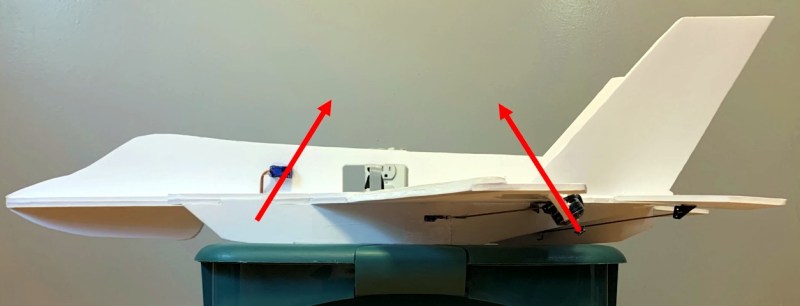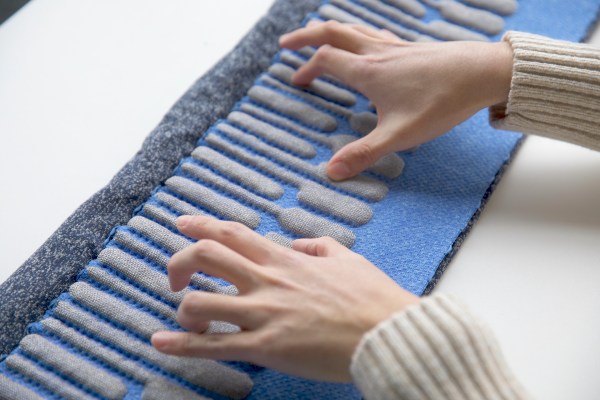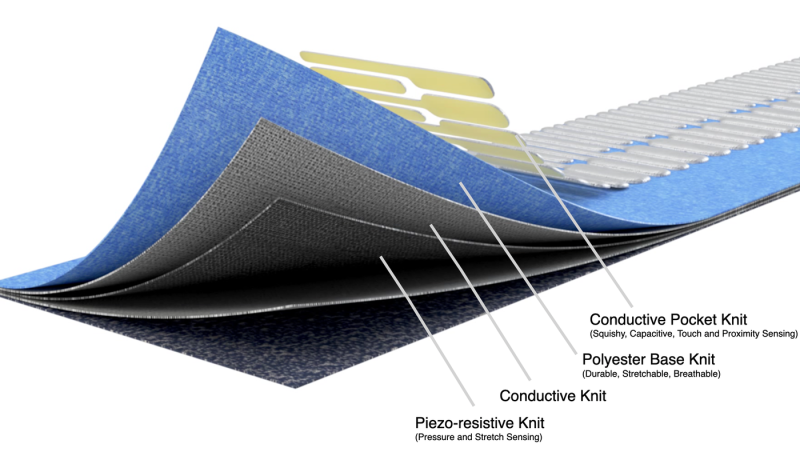Electronics-based art installations are often fleeting and specific things that only a select few people who are in the right place or time get to experience before they are lost to the ravages of ‘progress.’ So it’s wonderful to find a dedicated son who has recreated his father’s 1973 art installation, showing it to the world in a miniature form. The network-iv-rebooted project is a recreation of an installation once housed within a departure lounge in terminal C of Seattle-Tacoma airport.

The original unit comprises an array of 1024 GE R6A neon lamps, controlled from a Data General Nova 1210 minicomputer. A bank of three analog synthesizers also drove into no fewer than 32 resonators. An 8×8 array of input switches was the only user-facing input. The switches were mounted to a floor-standing pedestal facing the display.
For the re-creation, the neon lamps were replaced with 16×16 WS2811 LED modules, driven via a Teensy 4.0 using the OctoWS2811 library. The display Teensy is controlled from a Raspberry Pi 4, hooked up as a virtual serial device over USB. A second Teensy (you can’t have too many Teensies!) is responsible for scanning a miniature 8×8 push button array as well as running a simulation of the original sound synthesis setup. Audio is pushed out of the Teensy using a PT8211 I2S audio DAC, before driving a final audio power amp.
Continue reading “Rebooting An 1973 Art Installation Running On A Nova”



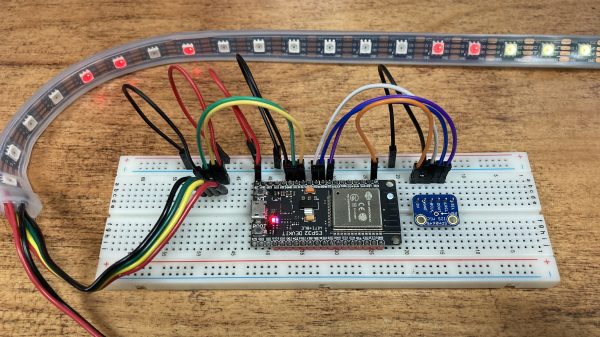
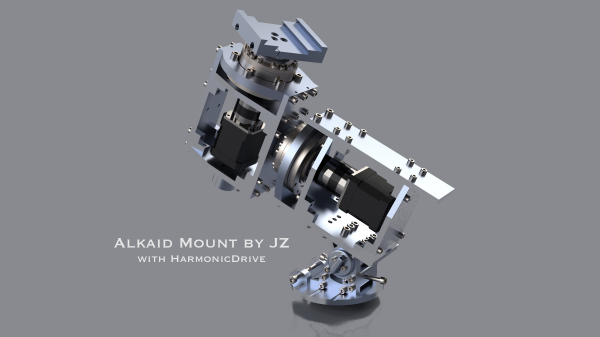
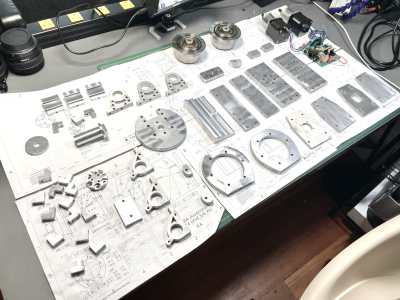 for anything to be seen at all, through the noise. But, this ball of rock we sit on is rotating constantly, so the only solution is to track the object of interest, to compensate. This is referred to as equatorial tracking, and allows the rotation of the Earth to be compensated for during a long exposure.
for anything to be seen at all, through the noise. But, this ball of rock we sit on is rotating constantly, so the only solution is to track the object of interest, to compensate. This is referred to as equatorial tracking, and allows the rotation of the Earth to be compensated for during a long exposure.

